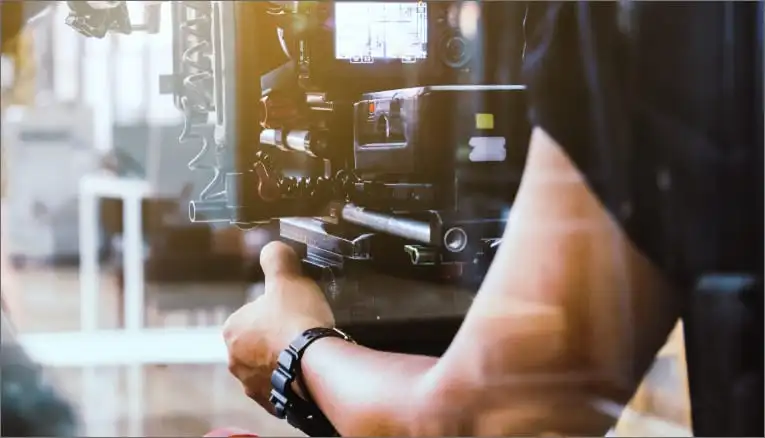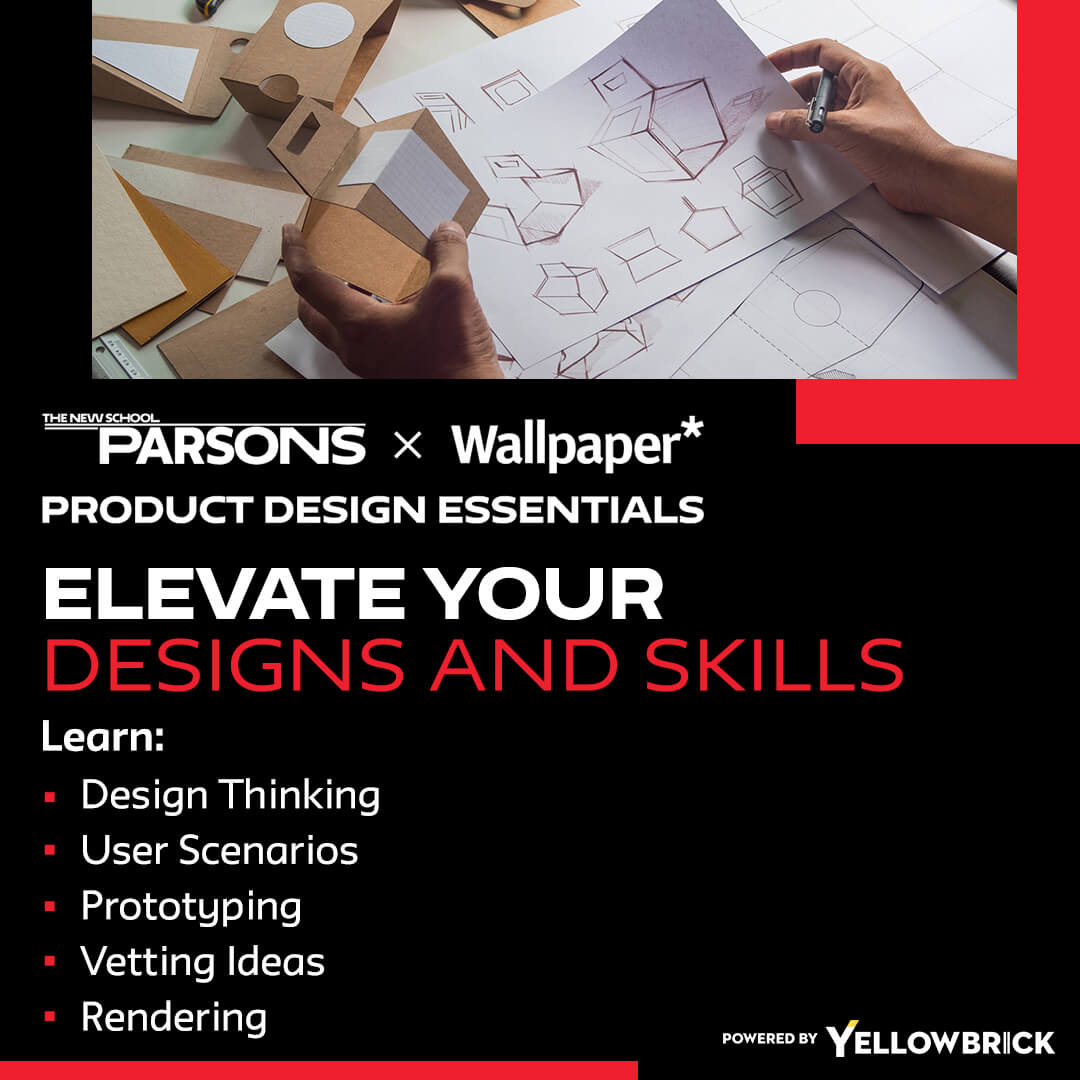Sustainable design training is a cornerstone of modern innovation, focusing on the creation of products, services, and systems that prioritize environmental responsibility and social equity. As industries shift toward eco-conscious practices, the demand for professionals skilled in sustainable design continues to rise. This guide explores its significance, core principles, career opportunities, and the skills needed to succeed.
Understanding Sustainable Design Training
Sustainable design training integrates environmental stewardship, social equity, and economic viability into the creative process. It teaches individuals how to design solutions that minimize environmental harm, enhance community well-being, and remain viable over the long term. Trainees learn to apply sustainability at every stage — from concept to production and implementation.
Importance of Sustainable Design
In a world facing climate change, resource depletion, and growing environmental awareness, sustainable design is no longer optional — it’s essential. Implementing eco-conscious practices helps organizations:
- Lower their carbon footprint
- Preserve natural resources
- Foster innovation through sustainable solutions
- Strengthen brand reputation
- Meet the expectations of environmentally aware consumers
By making sustainability a priority, businesses position themselves for long-term success while benefiting the planet.
Key Principles of Sustainable Design
Sustainable design training is guided by a set of principles that help designers create products and systems that are both eco-friendly and socially responsible.
- Life Cycle Thinking: Evaluating environmental impacts across the entire life cycle, from raw material extraction to disposal.
- Material Selection: Choosing renewable, recyclable, biodegradable, and non-toxic materials.
- Energy Efficiency: Designing systems that minimize energy consumption and greenhouse gas emissions.
- Waste Reduction: Implementing methods to reduce waste and promote reuse and recycling.
- Social Equity: Ensuring solutions are inclusive, accessible, and equitable for all.
Career Opportunities in Sustainable Design
As more industries embrace sustainability, diverse career paths are opening for professionals in this field. Here are some of the top roles:
- Sustainability Consultant: Guides organizations in adopting eco-friendly practices.
- Green Building Architect: Designs energy-efficient, environmentally conscious buildings.
- Renewable Energy Engineer: Develops clean energy systems such as solar, wind, or hydroelectric power.
- Environmental Policy Analyst: Evaluates and advocates for environmental policies.
- Corporate Social Responsibility (CSR) Manager: Oversees company-wide sustainability and ethical initiatives.
- Sustainable Product Designer: Creates long-lasting, resource-efficient, and environmentally safe products.
- Circular Economy Specialist: Promotes waste reduction through resource recirculation strategies.
- Urban Planner: Designs sustainable city layouts with green spaces and efficient transit.
- Water Resource Engineer: Develops eco-friendly water management and conservation systems.
- Social Impact Strategist: Creates initiatives that deliver measurable positive social change.
Conclusion
Sustainable design training is more than a professional skill — it’s a global necessity. By mastering eco-friendly design principles and applying them in various industries, professionals can drive innovation, reduce environmental harm, and promote social equity. As the demand for sustainable solutions grows, those equipped with these skills will be at the forefront of shaping a greener, more equitable future.
Key Takeaways:
- Sustainable design integrates three pillars: environmental responsibility, social equity, and economic viability.
- It applies to every stage of the design process: from idea generation to final implementation.
- Eco-friendly practices benefit both planet and business: reducing environmental harm while improving brand image.
- Core principles include: life cycle thinking, material selection, energy efficiency, waste reduction, and social equity.
- Career opportunities are diverse: ranging from sustainability consulting to green architecture, renewable energy, and urban planning.
- Global demand is increasing: industries worldwide need skilled professionals to meet sustainability goals.
To further enhance your expertise in sustainable design, consider enrolling in the Parsons Product Design Essentials online course and certificate program offered by Yellowbrick for a comprehensive learning experience.








